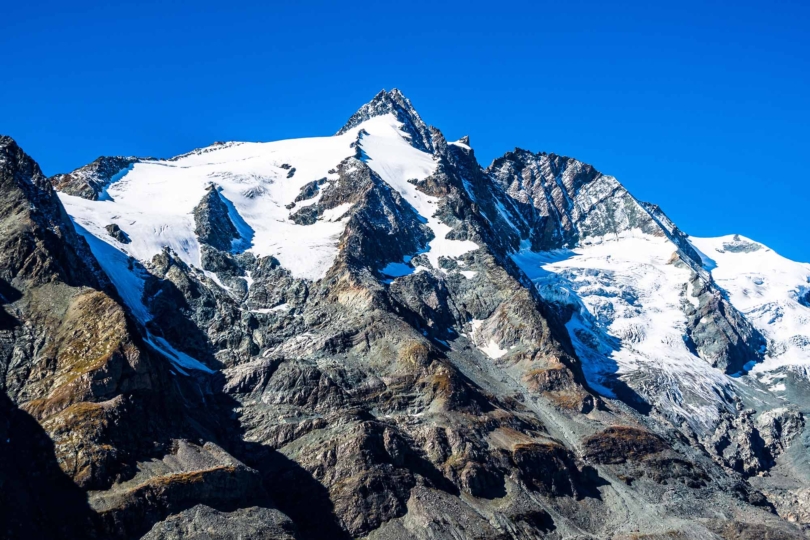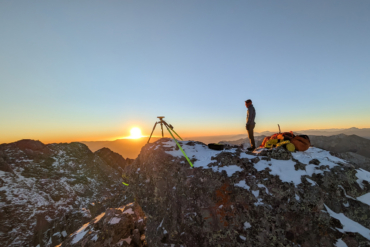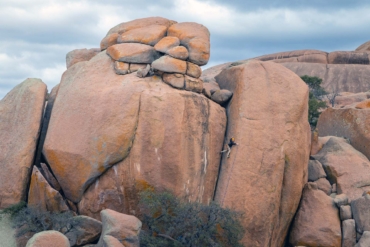A male climber is facing manslaughter charges after leaving his girlfriend alone on Austria’s highest peak, where she later died, according to German media reports.
That climber was identified Monday as 36-year-old Thomas Plamberger, who attempted to scale the peak of Grossglockner with his girlfriend, 33-year-old Kerstin Gurtner, back in January.
Gurtner became unable to continue and died about 160 feet below the summit of the mountain, which rises to 12,641 feet. She perished after Plamberger, an experienced mountaineer, left her alone in the freezing conditions. Though Plamberger left to find help and alert rescue crews, he allegedly silenced his phone.
The lights they carried with them were even caught by a webcam. That footage, combined with other evidence, led Austrian prosecutors to charge Plamberger with manslaughter by gross negligence. If convicted, Plamberger could face up to 3 years in prison.
According to The Daily Beast, Plamberger said the tragedy left him “hurting so much” in a series of online posts. However, social media pages for Plamberger on Instagram and Facebook were closed on Monday, Dec. 8.
Unprepared for the Climb
Over the last 11 months, a number of details have emerged about what happened to Gurtner and Plamberger during their ascent.
For starters, Gurtner had only a splitboard and soft snowboard boots, which are not suitable for a high-alpine climb, according to LBC Radio. It was around 2 a.m. when Gurtner was unable to keep moving, and Plamberger set off to find help, German media outlet Heute reported. The temperature was well below freezing, and winds were gusting up to 50 mph.
About an hour and a half after Plamberger left his girlfriend alone on the peak, he made contact with emergency crews. It was around 3:30 a.m. When the dawn broke, six rescuers began their ascent. But by the time anyone could reach her, Gurtner had succumbed to the cold.
“The defendant left his girlfriend unprotected, exhausted, hypothermic, and disoriented about 50 meters [160 feet] below the summit cross of the Grossglockner. The woman froze to death,” prosecutors said Thursday (translated from German). “Since the defendant, unlike his girlfriend, was already very experienced with alpine high-altitude tours and had planned the tour, he was to be considered the responsible guide of the tour.”
An online condolences page for Gurtner included many messages, some of them directed at Plamberger as well as his late partner.
“Regardless of what happened, and no matter how Thomas might decide in retrospect, it has happened and cannot be undone,” one message read. “The only path forward is into the future, with you, Kerstin, in our hearts. It is not for us to judge.”








